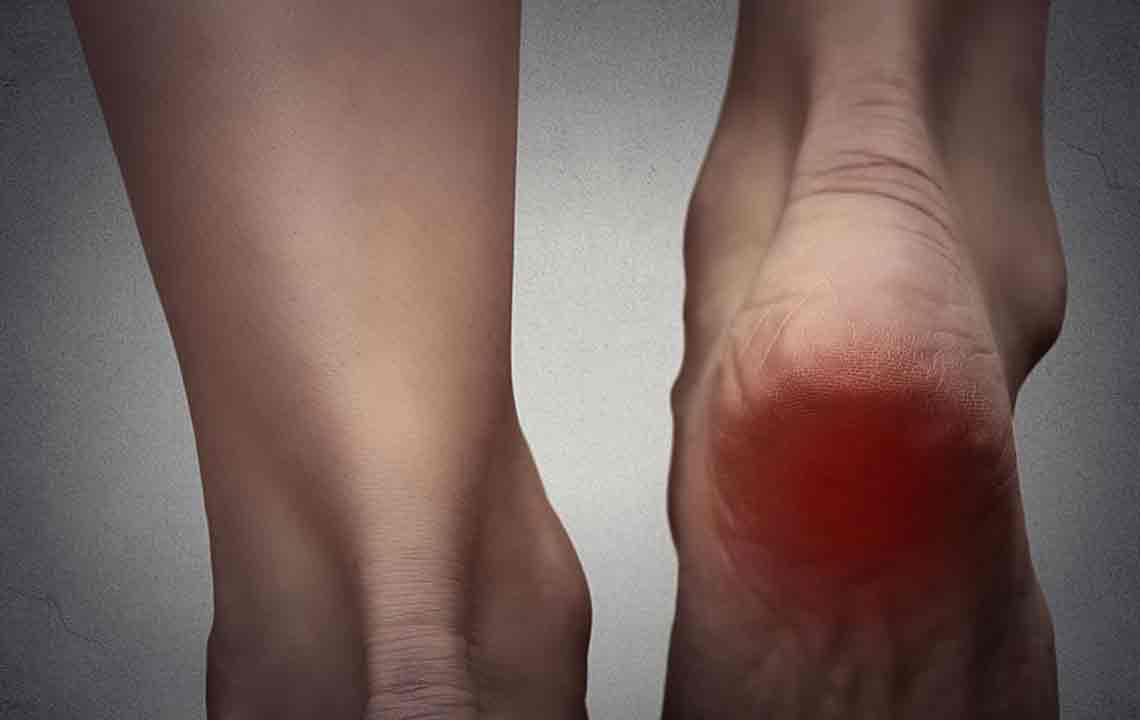Comprehensive Guide to Intra-Articular Injections: A Modern Solution for Arthritis Relief
This comprehensive article explores the benefits, types, and usage of intra-articular injections for arthritis relief. It covers corticosteroid and hyaluronic acid injections, explains their roles in reducing inflammation, managing symptoms, and improving joint function. Learn about causes of joint inflammation and why injections are a preferred alternative to surgery. Designed for patients and healthcare providers, the article emphasizes treatment strategies to enhance quality of life through targeted, minimally invasive therapies, backed by the latest developments in joint care.

Exploring the Benefits and Types of Intra-Articular Injections for Managing Arthritis Pain
Arthritis remains one of the most common musculoskeletal conditions affecting millions worldwide, leading to chronic joint pain, stiffness, and reduced mobility. When traditional oral medications fall short in providing relief, intra-articular injections have emerged as a highly effective alternative, offering targeted treatment to alleviate symptoms and improve joint functionality. For many patients, these injections serve as a critical bridge in managing arthritis, either delaying the need for surgical intervention or reducing the severity of symptoms.
While surgery may be considered in severe cases, many individuals prefer non-invasive options that can deliver significant relief without the risks associated with surgical procedures. Intra-articular injections focus on delivering medication directly into the affected joint, ensuring concentrated action aimed at reducing inflammation, diminishing pain, and enhancing joint performance. This approach can significantly improve a patient's quality of life, enabling them to perform daily tasks with less discomfort and greater ease.
Type-specific injections address different aspects of joint health. The most common types include hyaluronic acid injections and corticosteroid shots. Both are designed to mitigate inflammation and control pain, although they work through distinct mechanisms. Understanding these differences can help patients make informed decisions about their treatment options.
By reducing pain and inflammation, intra-articular injections allow patients to actively participate in physical therapy programs and daily routines, ultimately leading to improved joint strength and mobility. Typically, when arthritis symptoms such as swelling, redness, warmth, or pain worsen despite medication, healthcare providers consider injections like corticosteroids to provide relief. These injections are especially effective in cases where inflammation is prominent, as they can significantly decrease swelling and facilitate more comfortable joint movement.
Understanding the Root Causes of Joint Inflammation
Joint inflammation is primarily caused by various underlying conditions that affect the tissues surrounding or within the joint capsule. Recognizing these causes can help tailor treatment strategies and improve patient outcomes. Common causes include:
Tendonitis and bursitis: Soft tissue conditions that involve inflammation of tendons or bursae surrounding the joints.
Intra-articular diseases: Conditions like osteoarthritis, gout, rheumatoid arthritis, and other autoimmune disorders that directly involve joint tissues.
It is essential to note that intra-articular injections do not cure these underlying diseases but act as symptom management tools. For example, cortisone injections can help control gout flare-ups temporarily but do not prevent future attacks. They serve to reduce inflammation and pain, providing short to medium-term relief that facilitates physical therapy and everyday activities.
Why Choose Cortisone Shots?
Corticosteroid injections, commonly known as cortisone shots, are frequently used to treat active joint inflammation. Patients opt for these injections for various reasons, including pain relief, reduction of swelling, and as a diagnostic aid. The quick and potent anti-inflammatory action of corticosteroids can provide substantial symptom relief, often lasting between six weeks and six months, depending on individual factors and ongoing treatment protocols.
Because pain relief is temporary, repeated injections are sometimes necessary, especially for chronic conditions. These injections also allow patients to participate in physical therapy more comfortably, which is crucial for restoring joint function and preventing further deterioration. However, healthcare providers carefully monitor and limit the number of injections because repeated corticosteroid use can damage cartilage and weaken joint structures over time.
For patients wishing to postpone or avoid surgical procedures, intra-articular corticosteroid injections offer a less invasive and effective way to manage symptoms. They provide a valuable option in the comprehensive management of arthritis, especially when combined with other therapies and lifestyle modifications.
Additional Treatment Options for Arthritis
Besides corticosteroids, hyaluronic acid injections have gained popularity as a supplementary treatment, especially for osteoarthritis of the knee. These injections serve as lubricants, replenishing the viscous fluid within joints, thereby reducing friction and improving mobility. Hyaluronic acid acts as a natural joint lubricant, and supplementation with this compound can support the biological environment of the joint, easing pain and enhancing function over time.
Typically, hyaluronic acid therapy involves multiple injections spaced over several weeks. Before administration, excess joint fluid is drained to optimize the delivery and effectiveness of the treatment. Although hyaluronic acid does not cure the underlying disease, it can significantly decrease inflammation and pain, especially when combined with lifestyle changes and physical therapy.
Choosing the right treatment depends on the specific diagnosis, severity of symptoms, and individual patient factors. Consulting healthcare professionals ensures a tailored approach that maximizes benefits and minimizes risks. Adherence to recommended treatment protocols is key to managing arthritis symptoms effectively and maintaining a good quality of life.
In conclusion, intra-articular injections—whether corticosteroids or hyaluronic acid—are invaluable tools in modern arthritis management. They provide targeted relief, improve joint function, and can delay the need for invasive surgical procedures. As research advances, newer, more effective injectable therapies continue to emerge, promising even better outcomes for those suffering from joint diseases.





